By Katie Lange
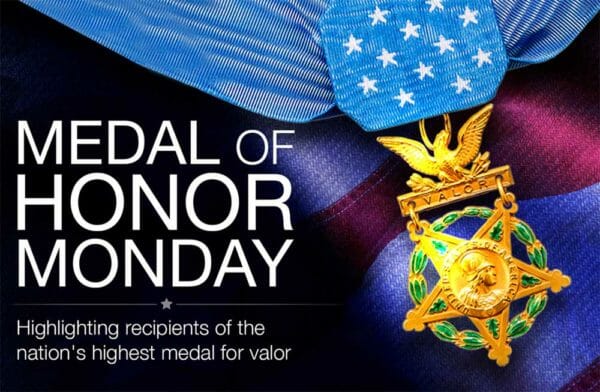
USA – -(AmmoLand.com)- Those who perform valiant actions don’t always succeed in their missions, but that doesn’t mean their efforts aren’t worthy of commendation. Navy Seaman Dennis Conlan was one of several men who received the Medal of Honor for actions during the Civil War that didn’t bring success for their side — but they were courageous nonetheless.
Conlan was born in 1838 in New York City, which made him about 26 years old when his actions earned him the Medal of Honor on Dec. 23, 1864, during the First Battle of Fort Fisher, North Carolina.
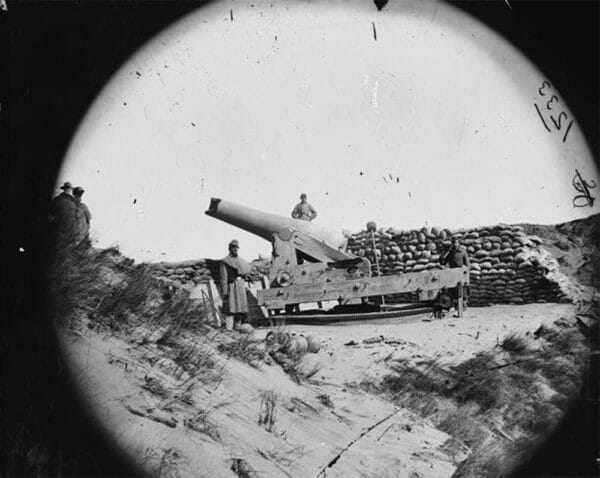
For most of the Civil War, Fort Fisher saw very little combat, but that changed in late 1864 when the Union wanted to capture the last port the Confederacy held on the Atlantic Ocean.
The first part of the Union plan involved Conlan, who was serving aboard the USS Agawam, and several other sailors who volunteered to pack an old steamship, the USS Louisiana, with tons of explosives. Union naval leaders planned to blow up the ship, a move that would level part of the fort or at least dislodge its guns.
To prevent detection by the enemy, the Louisiana was towed late at night into shallow waters by another vessel, the USS Wilderness. It steamed to within about 300 yards of the northeast bastion of Fort Fisher.
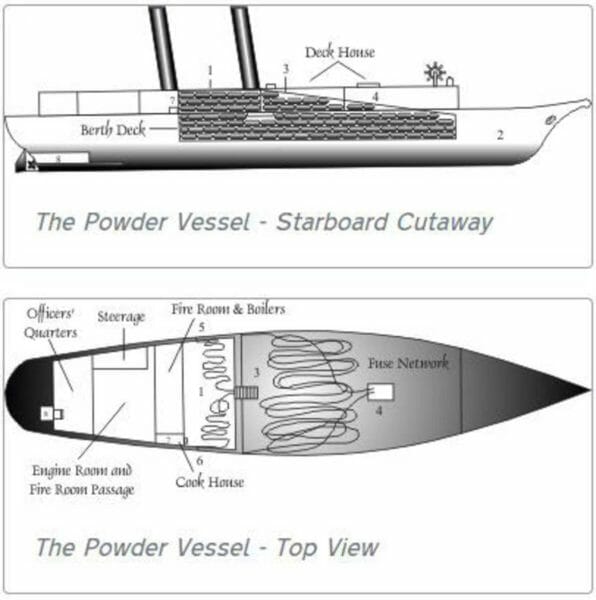
Once it was in place, Conlan and the crew lit an elaborate fuse-and-clockwork system and then built fires in the propeller shaft, according to Fort Fisher’s historical website. The commander threw down an anchor with a short scope to make sure the boat got as close to the beach as possible. The men then abandoned the Louisiana and were pulled in a smaller boat to the Wilderness, which sailed about 12 miles from shore, where the rest of the fleet was located.
Unfortunately, an undertow and offshore breeze had pulled the Louisiana off course, according to the history website. So when the ship exploded less than two hours after it was abandoned, it caused no damage to the fort. Fires could still be seen burning there the next day, but the fort’s walls were still standing. The only thing the explosion did was alert the Confederate service members of an imminent attack.
While the mission proved to be a complete failure, the 10 men who volunteered for it, including Conlan, were awarded the Medal of Honor for their bravery.
Conlan only had a few years to cherish it, though. He died on Dec. 2, 1870.
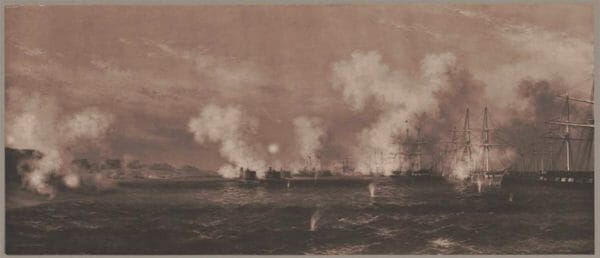
Meanwhile, Fort Fischer eventually fell, although not over Christmas. A second Battle of Fort Fisher in mid-January 1865 was won by the Union, effectively cutting the Confederacy off from all global trade and supplies. The Civil War ended three months later.
U.S. Department of Defense
The Department of Defense provides the military forces needed to deter war and ensure our nation’s security. The foundational strength of the Department of Defense is the men and women who volunteer to serve our country and protect our freedoms. Visit www.defense.gov/ to learn more.

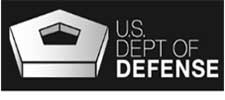
My Great Great Grandfather was at Fort Fisher, during both of the two battles there. Confederates sent the Union ships packing the 1st one. But in the last one the Union won and all were captured.
Those aren’t submarines! They’re Federal monitors, “cheeseboxes on rafts”, John Ericsson’s masterpiece of naval design.
Interesting.